- admin
- App For PC, App For Windows, Apps For Mac
Windows 10 Repair USB For Another PC Computer Updated
To make a recovery drive (USB), win 10 for another PC
I have LG H160 Tablet Atom 1.7 GHz with 2 Gb RAM, 32 Bit system. Windows 8.1 was installed in it. On an update, it was creating problems. Then I installed Win 10 32 Bit Version 1703. On an upgrade, it became unresponsive. I tried to reset and restore it. But it didn’t respond. I tried to restore the previous Win 8.1, but it didn’t restore. Perhaps the system and boot files were deleted or corrupted.
Now when I power on the system each time, it goes to Boot Menu/ App Menu and BIOS setup. It was not going to Advanced Options/ Troubleshoot when I tried reinstalling Win 10/ 8.1 by USB from Windows Media Creation Tools and Rufus. Win 10 freezes at the setup screen (Language, Time, Keyboard). Used keys for advanced Options, Safe Mode, Power + Vol Up/Down. But it moves to Boot/App Menu and BIOS setup each time.
Please guide me on how I may recover proper boot, move to advanced Options/ Troubleshoot, or reinstall Windows. May I prepare Win Recovery Drive/Boot Recovery Drive (USB) from another computer having Win 10 64 Bit System?
Windows 10 Won’t Boot? Fix it with Startup Repair and BootRec Commands

A black screen and a Windows 10 PC that won’t boot often mean that your master boot record is on the fritz. Here are two ways to fix it
A recent article looked at resolving issues with black screens in Windows 10 with some essential troubleshooting tips. But sometimes, Windows 10 fails to boot because of problems with the master boot record. In these cases, repairs need to be made to the master boot record to get things up and running again. Fortunately, the Windows 10 recovery environment includes an automated option for doing just that. And if that doesn’t work, you can do it manually in the command prompt. Read on to find out how.
Why Won’t My Windows 10 PC Boot?
The Windows 10 boot process is quite simple. When your computer starts, the BIOS or UEFI Firmware is loaded, which performs a small set of checks on your hardware called the Power On Self Test (POST). The BIOS then scans the hard disk master boot record, which loads an essential file into the main memory called WINLOAD.EXE. This starts the startup process by loading the NTOSKRNL.EXE (NT Kernel, the heart of Windows) and HAL (Hardware Abstraction Layer.) Windows 10 then performs tasks such as initializing your hardware, like your mouse and keyboard, and reading the Windows Registry and user profile.
If you see a black screen with gray text that reads “Windows Boot Manager” with an error like “Status: 0xc0000605 Info: A component of the operating system has expired,” it means something went wrong with WINLOAD.EXE.
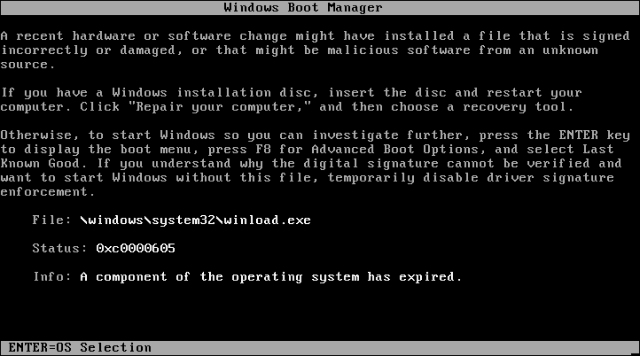
This is not a good thing. But it’s not the end of the world either.
Performing a Startup Repair
You can try booting into the recovery environment and performing a startup repair if possible. To access the recovery environment, turn your computer on and off three times. While booting, turn off the computer when you see the Windows logo. After the third time, Windows 10 will boot into diagnostics mode. Click Advanced options when the recovery screen appears.
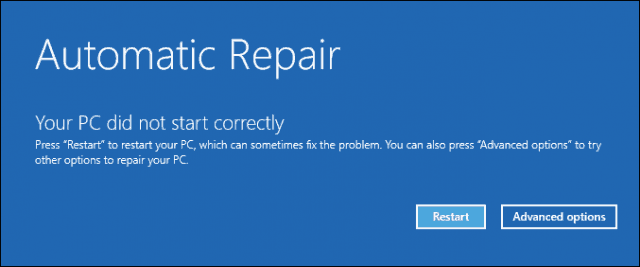
Click Troubleshoot.
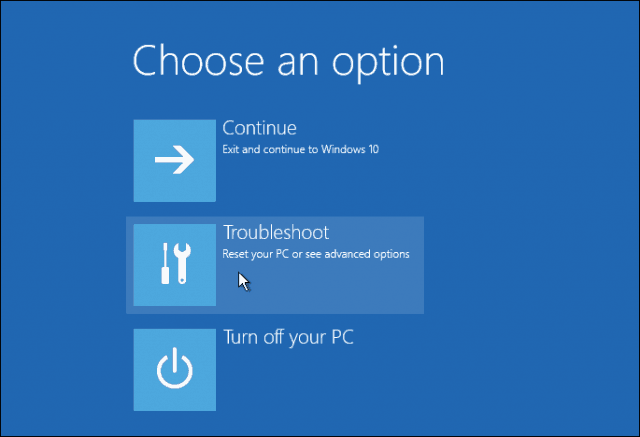
Click Advanced options.
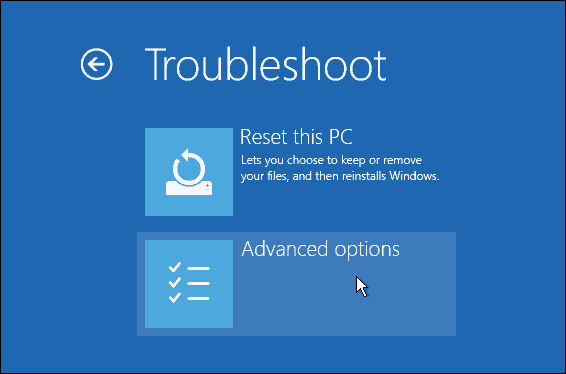
Then, click Startup Repair.
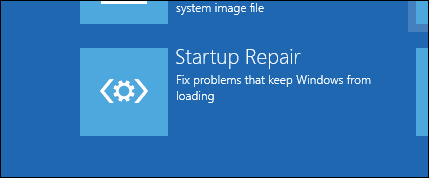
Fix Windows 10 Winload.exe Using the Command Prompt
If you cannot perform a startup repair, your next option is to try using your Windows 10 installation media to fix the boot error.
If you don’t have installation media, you will need to go to a working computer and Create a Windows 10 USB Bootable Flash Drive. You can also create a recovery drive for a working Windows 10 PC. Set up your BIOS to boot from the USB drive when using a USB drive.
After booting into setup, choose the Repair Computer option > Troubleshoot > Advanced Options > Command Prompt. If you are using a recovery drive, click Troubleshoot > Advanced Options > Command Prompt.
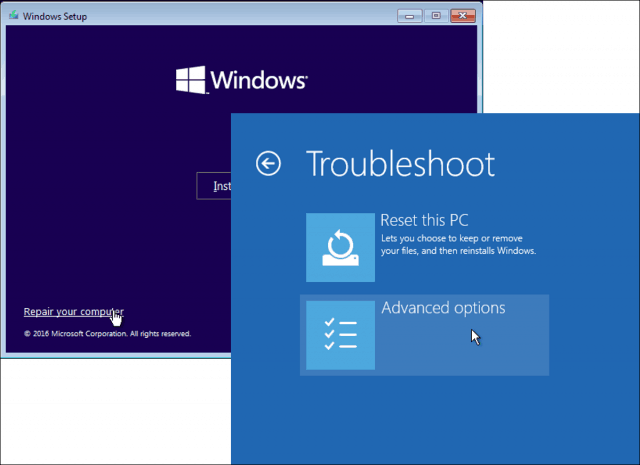
Once you have the command prompt on the screen, you will need to issue a set of commands to find and resolve issues preventing your computer from booting.
Type bootrec/FIXMBR and hit <Enter>.
This command will attempt to fix corruption issues with the master boot record.
If all goes well, you should see The operation completed successfully.
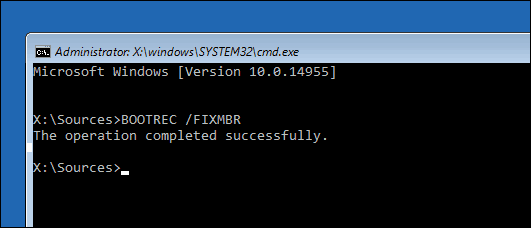
Next, type bootrec/FIXBOOT, then hit <Enter>.
This command will attempt to write a new boot sector on the hard disk if Windows detects damage. Usually, this happens in cases where an older version of Windows was installed or a non-compatible operating system such as Linux was installed.
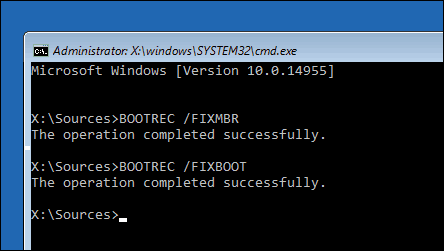
If you see an error such as Boot Manager is Missing, then the bootrec/RebuildBcd command might be able to fix it. This operation can also restore boot entries for older versions of Windows if you have a dual boot configuration.
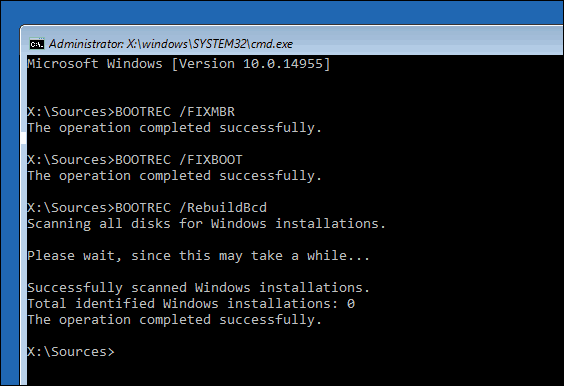
If bootrec/RebuildBcd does not work, Microsoft recommends you back up your BCD (Boot Configuration Data) store and rerun the bootrec/RebuildBcd command. Here is how you do it.
Type each command, then hit <Enter>:
- bcdedit /export C:\BCD_Backup
- c:
- cd boot
- attrib BCD -s -h -r
- ren c:\boot\bcd BCD.old
- bootrec /RebuildBcd
Another option for dual booting with older versions of Windows, such as Windows 7 is the BOOTREC /ScanOs command. The scans command can find and restore entries for older versions of Windows.
What if None of These Options Work?
Your next best option is to try salvaging your data and reinstalling Windows 10 and your applications. If you have your Windows 10 install media, you can boot from it, then perform a custom install. This will create an archive of the old installation called Windows. Old. You can then recover your files from this folder. Make sure you perform a custom install that migrates your Windows. Old data. Otherwise, all your data will be erased.
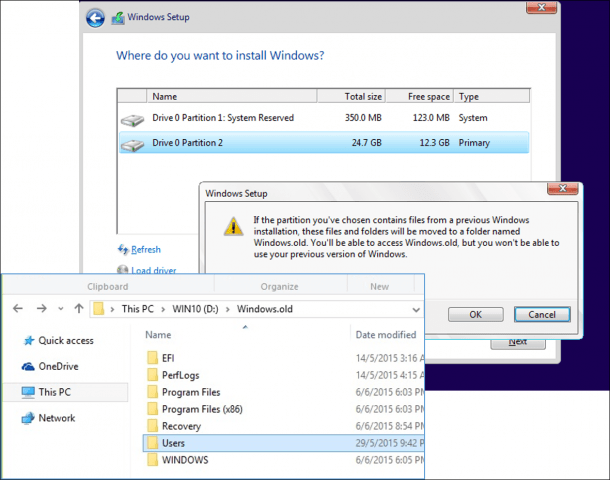
Conclusion
That’s a look at repairing a broken Windows 10 installation. While these occurrences should be exceedingly rare for most everyday users, they can occur during riskier operations, like reinstalling Windows, resizing partitions, or setting up a dual boot. While the steps above can help, performing a thorough backup in advance is always a good idea.
Author’s Opinion regarding the Windows 10 Repair USB For Another PC
The Windows 10 Repair USB For Another PC has powerful features, while the priority is high for security purposes. No VPN or RDP is required for the said purpose. In some cases, the emulator also works fine, and middleware software also has an essential role in smooth functioning. Therefore, the author recommended the Windows 10 Repair USB For Another PC for your personal use and has no issue regarding the installation on a PC (Windows and Mac). I hope you also use it without any trouble; if you have any issues, please mention them in the email, and we will provide you with proper solutions. Please like and share with others; we made a lot of effort while collecting the software for your download.
